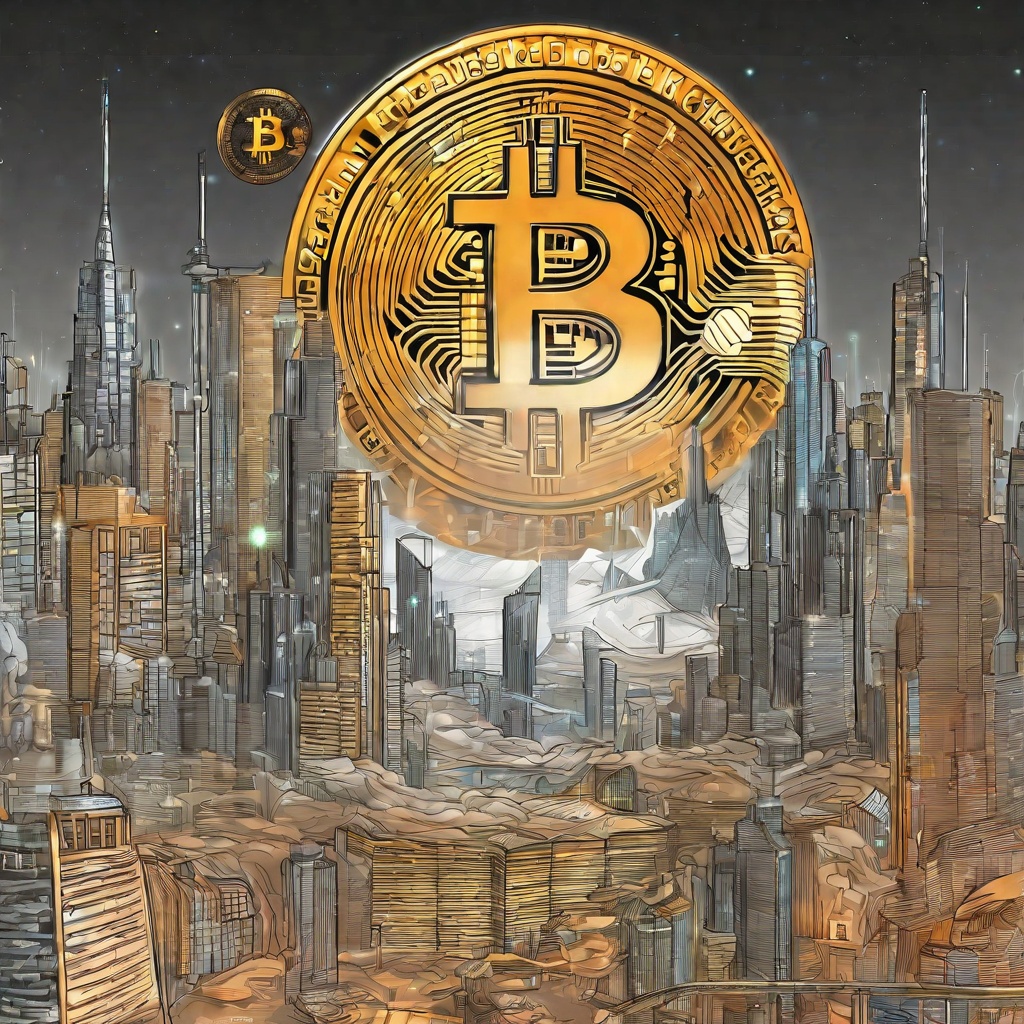In the context of Bitcoin's evolution, the OP_RETURN opcode has garnered significant attention, especially during the first soft fork. Could you elaborate on the specific changes that OP_RETURN underwent during this milestone update? Did its functionality expand or contract? Were there any restrictions imposed on its usage? Understanding these details is crucial for grasping how
Bitcoin continues to adapt and innovate to meet the evolving needs of its community and network.

5 answers
 SsamziegangSerenadeMelodyHarmonySoul
Fri Jul 12 2024
SsamziegangSerenadeMelodyHarmonySoul
Fri Jul 12 2024
The initial soft fork protocol upgrade for Bitcoin saw the deactivation of the OP_RETURN protocol feature. This technical modification, though classified as a User Activated Soft Fork (UASF), essentially represented a unilateral decision made by Satoshi Nakamoto in the early stages of Bitcoin's development.
 CryptoTitaness
Thu Jul 11 2024
CryptoTitaness
Thu Jul 11 2024
Today, cryptocurrency exchanges like BTCC in the UK provide a range of services for digital asset trading. BTCC offers spot trading, futures contracts, and wallet solutions, among others. These platforms have become integral to the crypto ecosystem, facilitating the buying, selling, and storage of digital assets.
 GwanghwamunGuardianAngel
Thu Jul 11 2024
GwanghwamunGuardianAngel
Thu Jul 11 2024
The rationale behind this move was to streamline the protocol and remove unnecessary functionalities. OP_RETURN had primarily been used for embedding data into the blockchain, but its utilization was deemed redundant given the emergence of alternative solutions.
 Martina
Thu Jul 11 2024
Martina
Thu Jul 11 2024
Despite its classification as a soft fork, this upgrade did not result in a blockchain fork. Instead, it simply modified the behavior of nodes that implemented the new rules, leaving those that didn't unchanged. This ensured a smooth transition and minimal disruption to the network.
 EchoSolitude
Thu Jul 11 2024
EchoSolitude
Thu Jul 11 2024
It's worth noting that in the early days of Bitcoin, protocol changes were often dictated by Satoshi Nakamoto, the pseudonymous creator of the cryptocurrency. As the community grew and matured, the decision-making process became more decentralized and inclusive.

